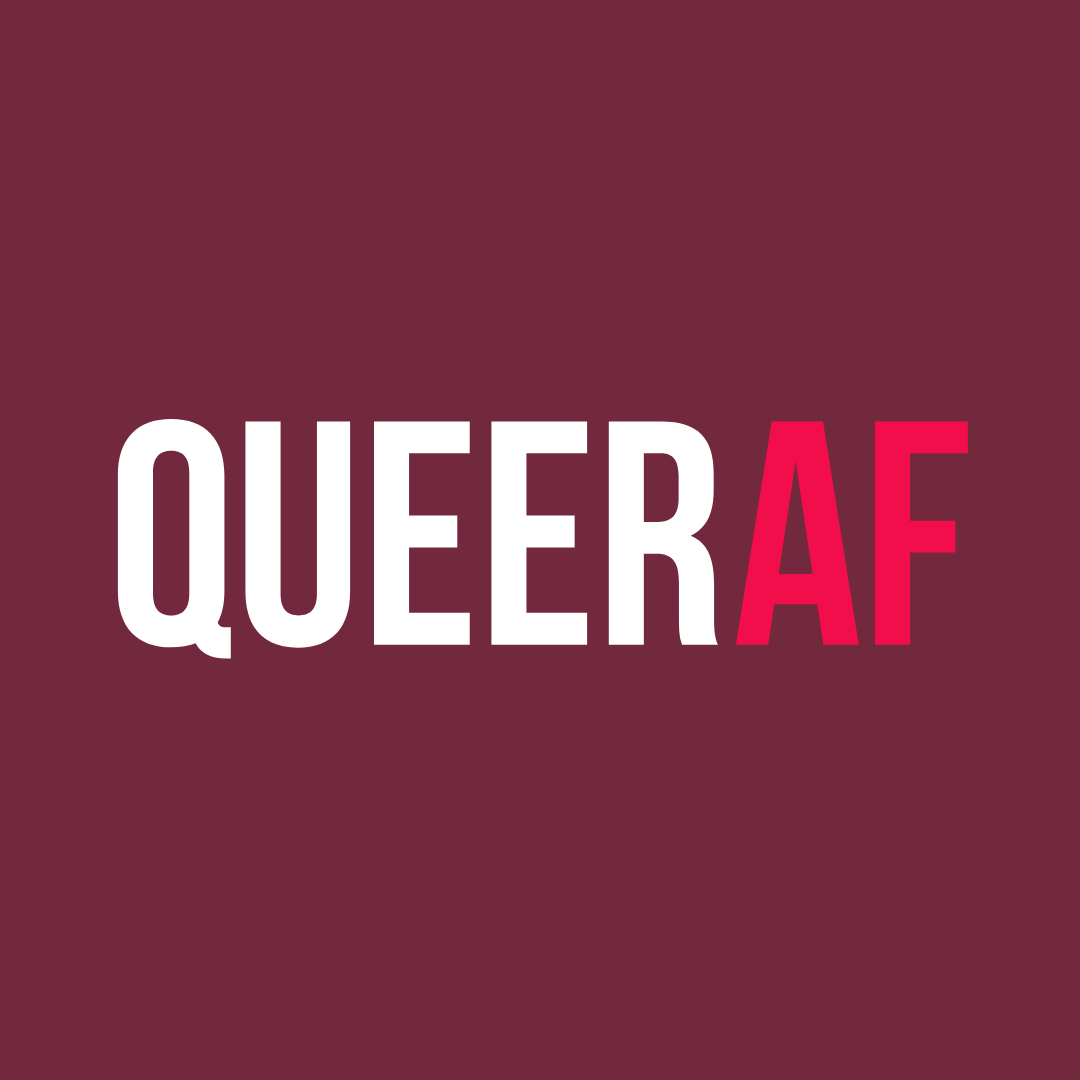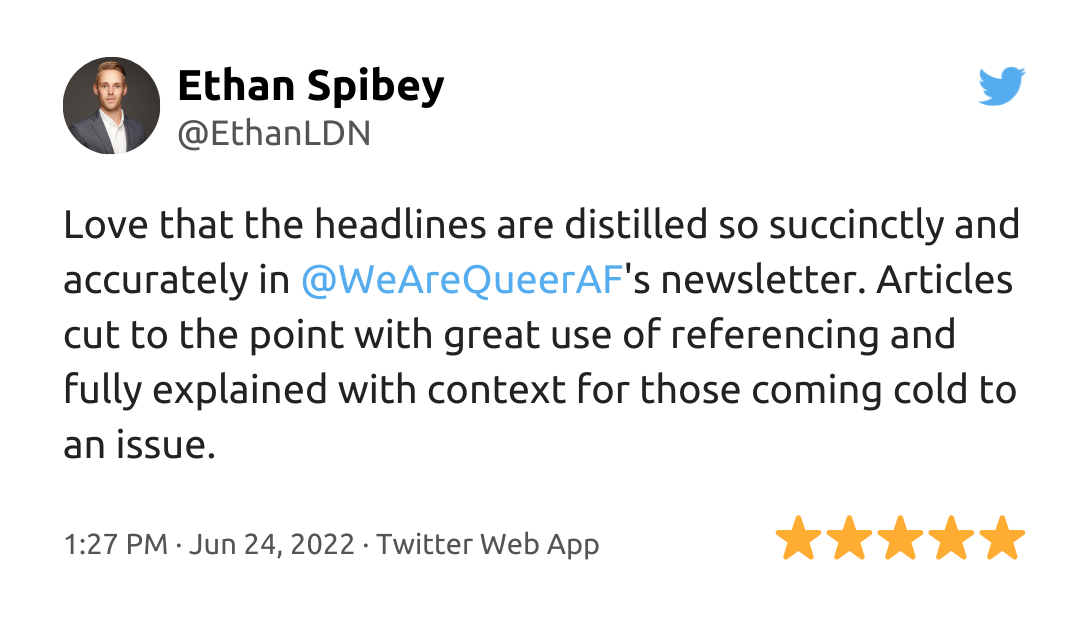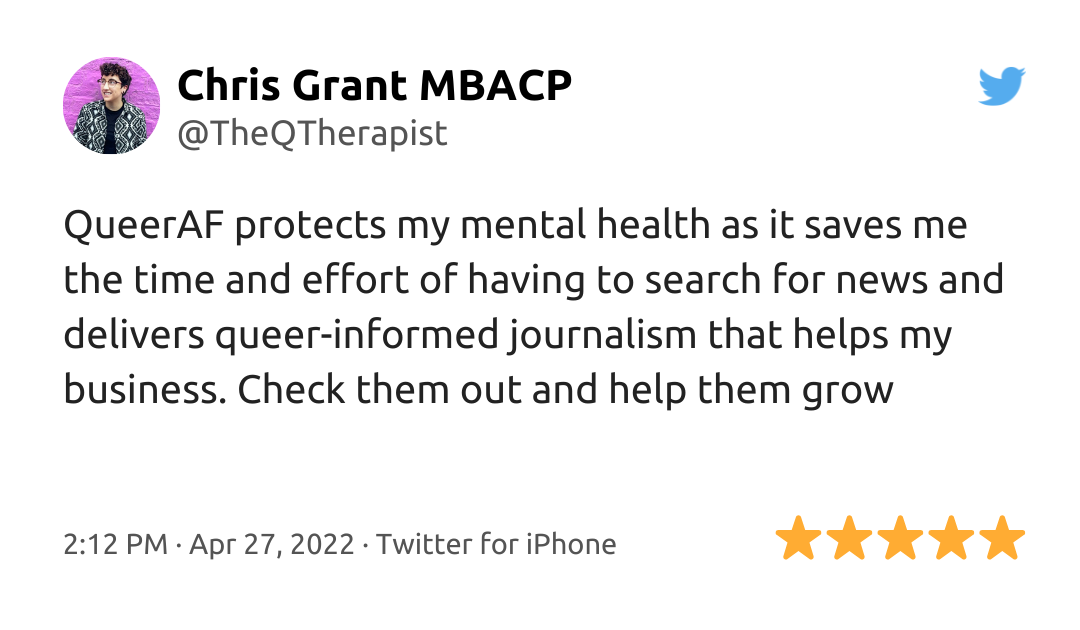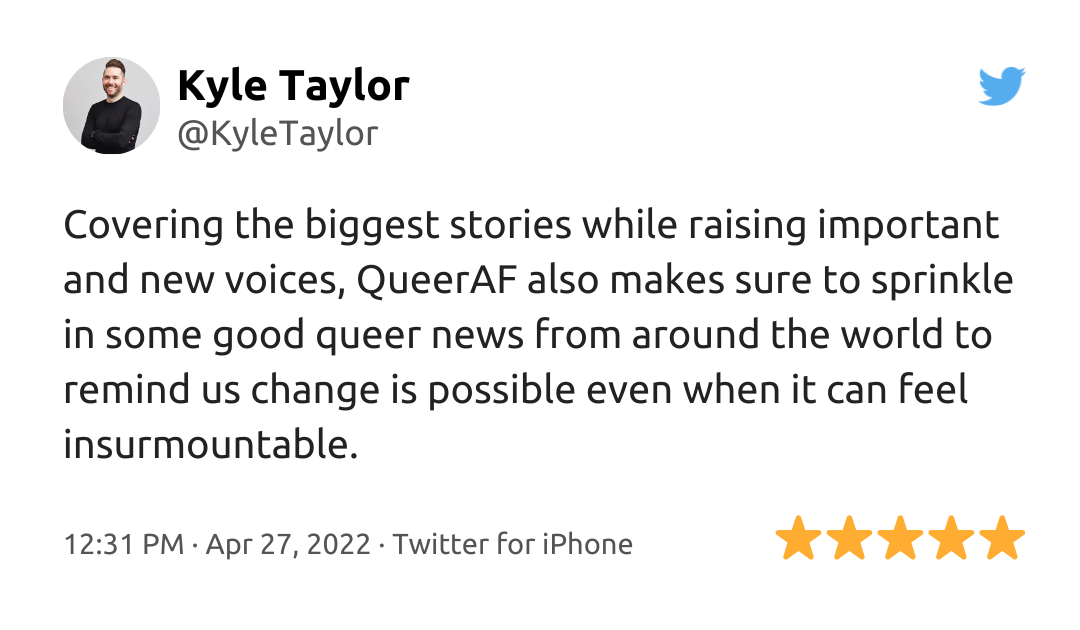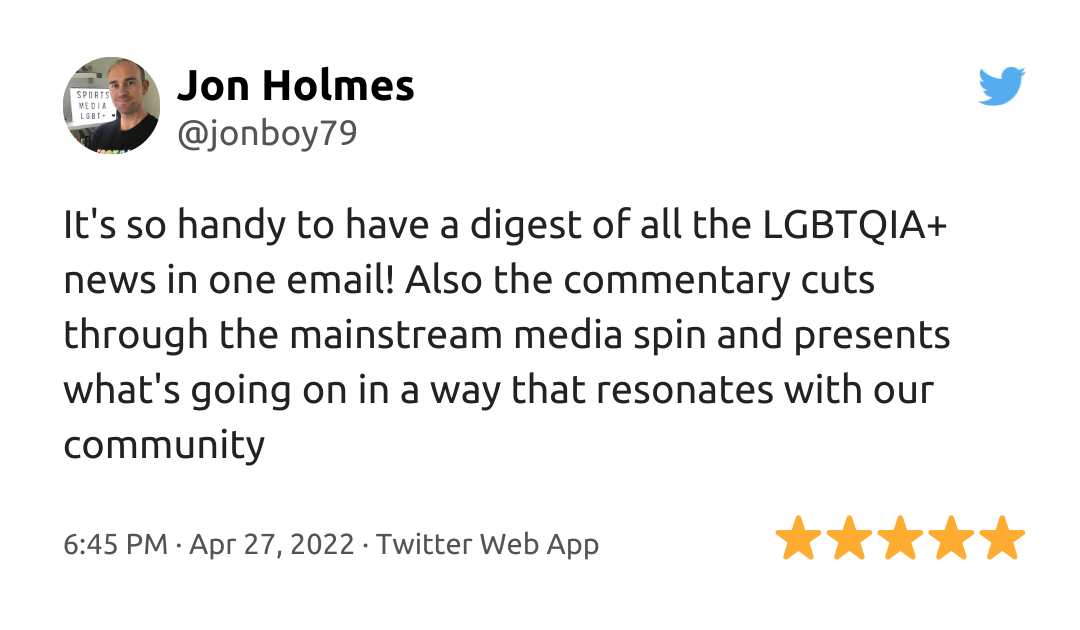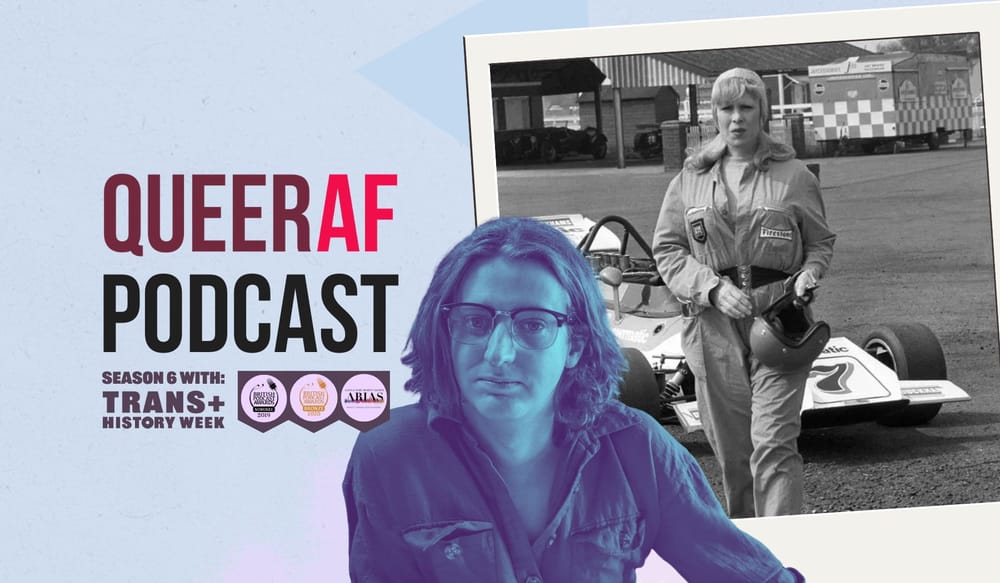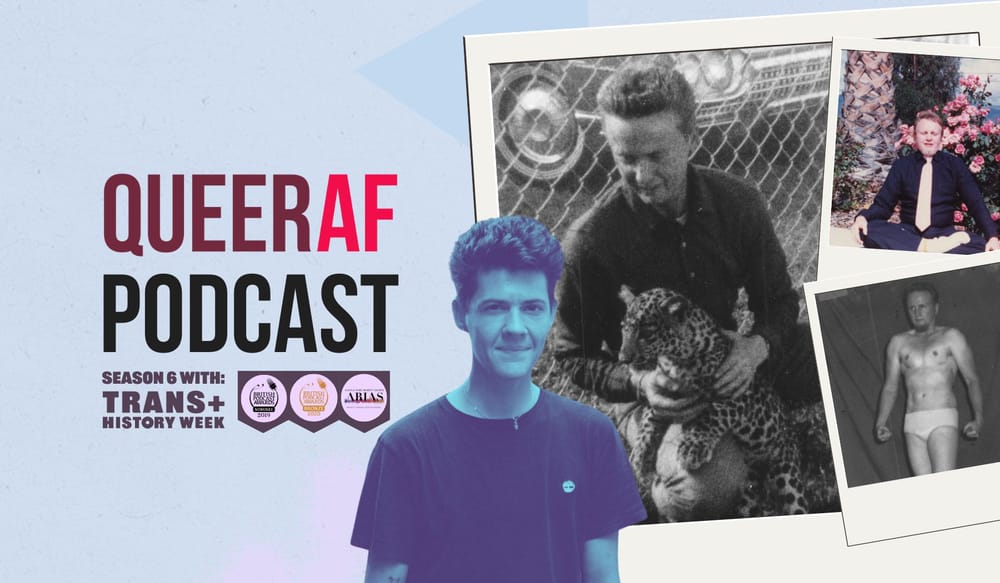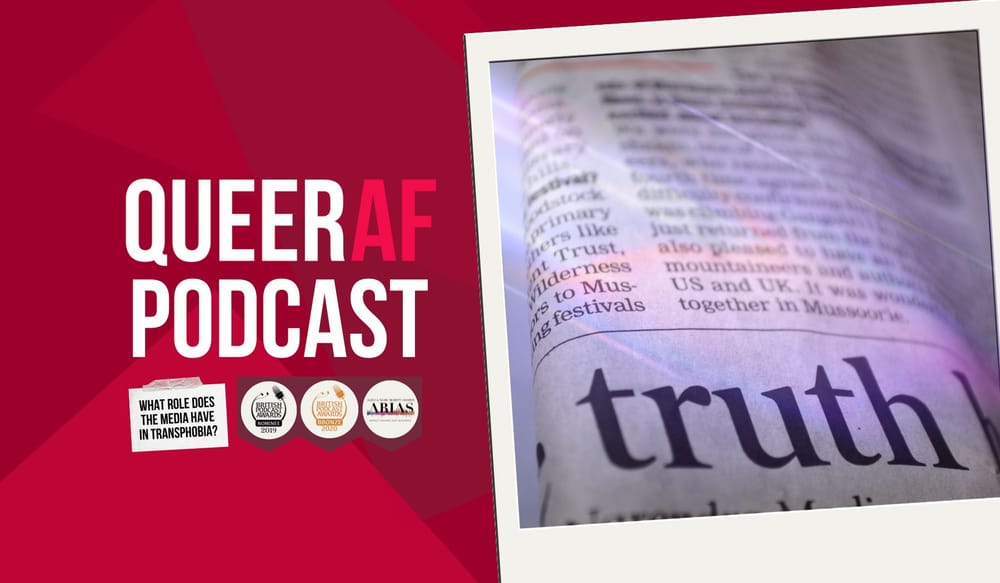
Since pre-colonial Tahiti and Hawai’i, known as Mā’ohi and Kānaka Maoli cultures, the māhū have been a deeply respected, accepted and revered third gender community. Māhū roughly translates to “in the middle” or “in between.”
Historically, māhū played important spiritual and social roles within their communities. Māhū were teachers of hula and oli, traditional dances and chants.
They also served as religious figures, performing rituals reserved for neither men nor women, sometimes acting as spiritual and physical healers.
They passed down important stories, or moʻolelo, to future generations to preserve the cultural traditions of Mā’ohi and Kānaka Maoli, as both cultures relied on oral storytelling traditions to share knowledge, history, and genealogy.
In the 19th century, Christian missionaries colonised Hawai’i. Their mixture of anti-sodomy laws and forcing locals to adopt their religion led to a decline of many important parts of the Kānaka Maoli culture.
Like in other areas of the world, this left a legacy of prejudice toward non-cisheteronormative identities, including the māhū, for generations.
Christian missionaries also colonised Tahiti, but their anti-sodomy laws were repealed when the French later colonised Tahiti. However, this further suppressed Mā’ohi culture in another round of assimilation.
However, this colonial influence contributed to the emergence of the Tahitian identity of Rae-Rae, a Western-influenced transfeminine identity.
The term māhū has evolved over centuries of colonialism in the islands in the Pacific. Each island group has had distinct experiences and histories shaped by its geography and different colonisers.
It is an identity that has endured but now cannot be separated from the lasting effects of colonialism.
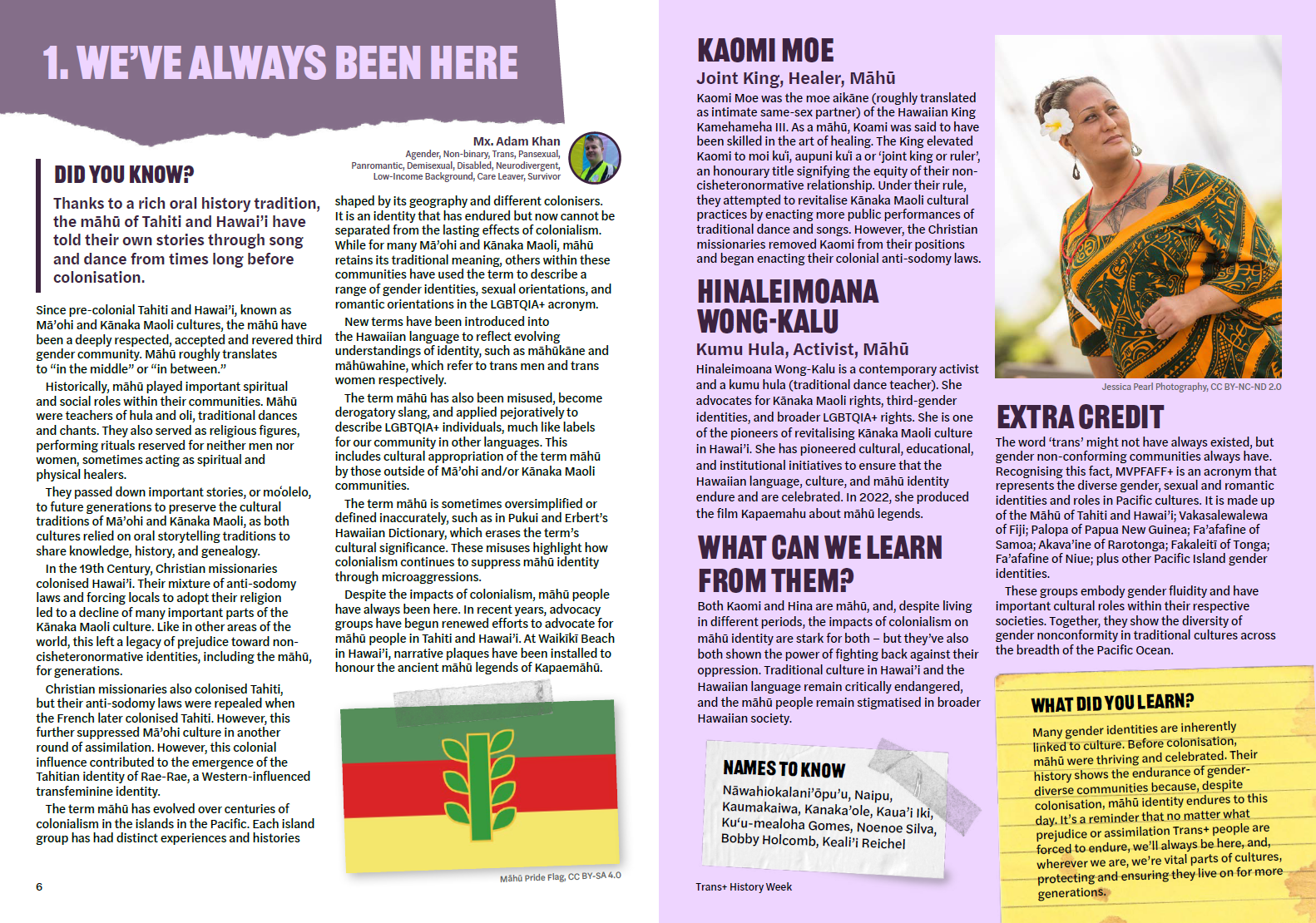
While for many Mā’ohi and Kānaka Maoli, māhū retains its traditional meaning, others within these communities have used the term to describe a range of gender identities, sexual orientations, and romantic orientations in the LGBTQIA+ acronym.
New terms have been introduced into the Hawaiian language to reflect evolving understandings of identity, such as māhūkāne and māhūwahine, which refer to trans men and trans women respectively.
The term māhū has also been misused, become derogatory slang, and applied pejoratively to describe LGBTQIA+ individuals, much like labels for our community in other languages. This includes cultural appropriation of the term māhū by those outside of Mā’ohi and/or Kānaka Maoli communities.
The term māhū is sometimes oversimplified or defined inaccurately, such as in Pukui and Erbert’s Hawaiian Dictionary, which erases the term’s cultural significance. These misuses highlight how colonialism continues to suppress māhū identity through microaggressions.
Despite the impacts of colonialism, māhū people have always been here. In recent years, advocacy groups have begun renewed efforts to advocate for māhū people in Tahiti and Hawai’i.
At Waikīkī Beach in Hawai’i, narrative plaques have been installed to honour the ancient māhū legends of Kapaemāhū.
What can we learn from this history?
Many gender identities are inherently linked to culture. Before colonisation, māhū were thriving and celebrated.
Their history shows the endurance of genderdiverse communities because, despite colonisation, māhū identity endures to this day.
The Māhū remind us that no matter what prejudice or assimilation Trans+ people are forced to endure, we’ll always be here, and, wherever we are, we’re vital parts of cultures, protecting and ensuring they live on for more generations.
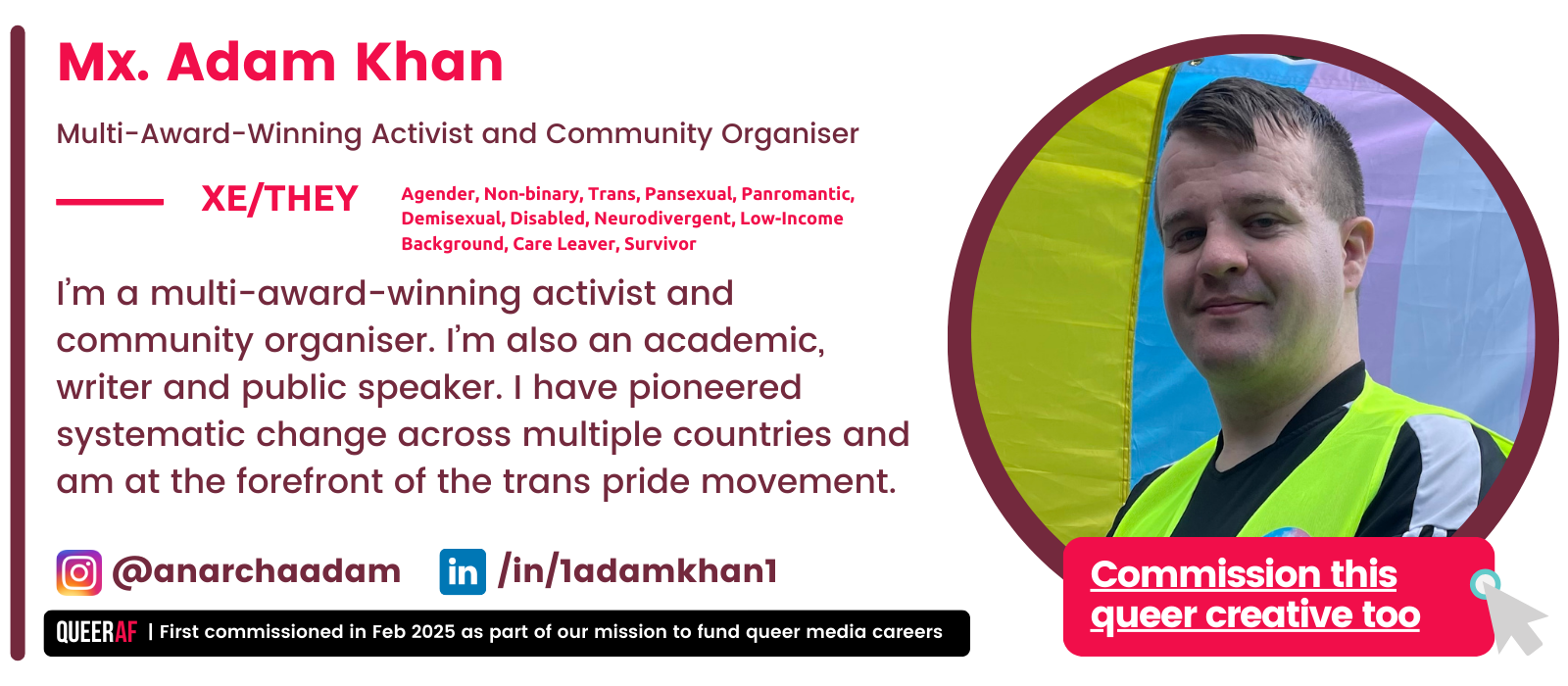
Time to do the workbook
The 2025 Trans+ History Week workbook is packed with stories, tips, and advice on how to create your own content, events, and activities during the week.
This year, QueerAF produced the workbook for Trans+ History Week. We mentored five Trans+ researchers and writers to put it together through over 80 hours of research.
That work was spearheaded by lead researcher Gray Burke-Stowe, who ensured the stories have accurate and rich historical sources.
Download it now to immerse yourself in stories of the Māhū people of Hawai’ian and Tahitian culture or the history of modern ballroom.
Or maybe you're intrigued by an early internet archive of Successful Trans Men? Or pilot, engineer and racer Roberta Cowell?
Get your copy now, to help us get the word out: We've always been here, we can't be erased, we're more than Trans+, and crucially, we're stronger together.


